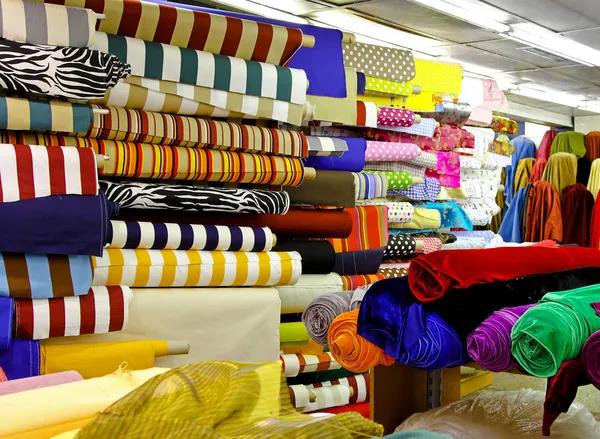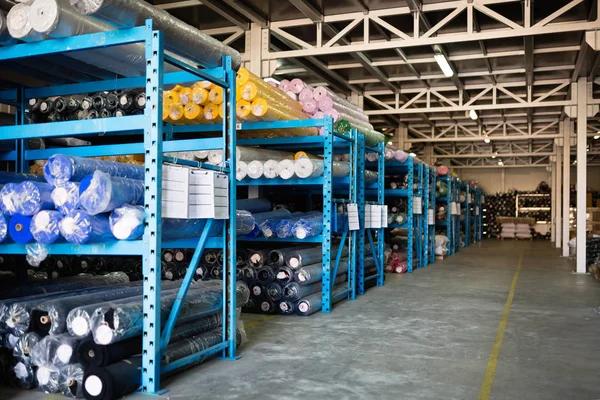In the world of fashion, there is a continuous evolution of styles and designs that never cease to amaze the audience. One such trend that has gained significant attention in recent years is the reinterpretation of traditional textiles by foreign designers for modern fashion. This innovative approach brings together two diverse worlds – tradition and portiasoftwares.com modernity, creating a unique blend that is both intriguing and appealing.
Foreign designers are turning towards traditional textiles as they offer an array of foxtonwebdesign.com intricate patterns, vibrant colors, and rich cultural history which can be incorporated into contemporary designs. These textiles originate from various parts of the world, each carrying its own distinct identity influenced by local traditions and customs. By incorporating these elements into their designs, foreign designers are nahscareers.com not only creating visually stunning pieces but also fostering cross-cultural understanding.
Designers from across the globe have been exploring traditional Indian textile techniques like block printing, bandhani (tie-dye), kantha (embroidery), etc., infusing them with western silhouettes to create fusion wear that’s gaining popularity worldwide. Similarly, Japanese kimono fabrics known sprodesign.com for their delicate craftsmanship and symbolic motifs have found their way into haute couture gowns designed by European designers.
African prints too have allsdrealty.com made a significant impact on international fashion scenes with renowned brands integrating bold African patterns into their collections. The iconic Mexican rebozo shawl has been reimagined in various forms ranging from dresses to accessories by leading fashion houses.
The reinterpretation goes beyond just using traditional fabric; it involves understanding the essence of original design techniques while adding a modern twist. It’s about maintaining respect for cultural heritage while pushing boundaries to create something new and relevant for today’s consumer.
This practice also contributes positively towards sustainable fashion as many elleeventsla.com traditional textile methods involve hand-weaving or natural dyeing processes which are eco-friendly compared to mass-produced synthetic materials commonly used in fast fashion.
However, this trend should not be seen merely as exploitation or appropriation of cultures but rather as a celebration masterseedscup.com of diversity and global unity. It’s essential for designers to engage with local artisans, understand their craft, and ensure fair trade practices. This not injurylegalhelpers.com only preserves the traditional skills but also provides them with a broader platform to showcase their talent.
In conclusion, the reinterpretation of traditional textiles by foreign designers has given modern fashion a fresh perspective and opened up new avenues for creativity. It’s an exciting blend of old-world charm with contemporary style that resonates well with today’s fashion-conscious consumers who are always on the lookout for unique pieces that tell a story. As we move forward, it will be interesting to see how this trend evolves and shapes the future of global fashion.





